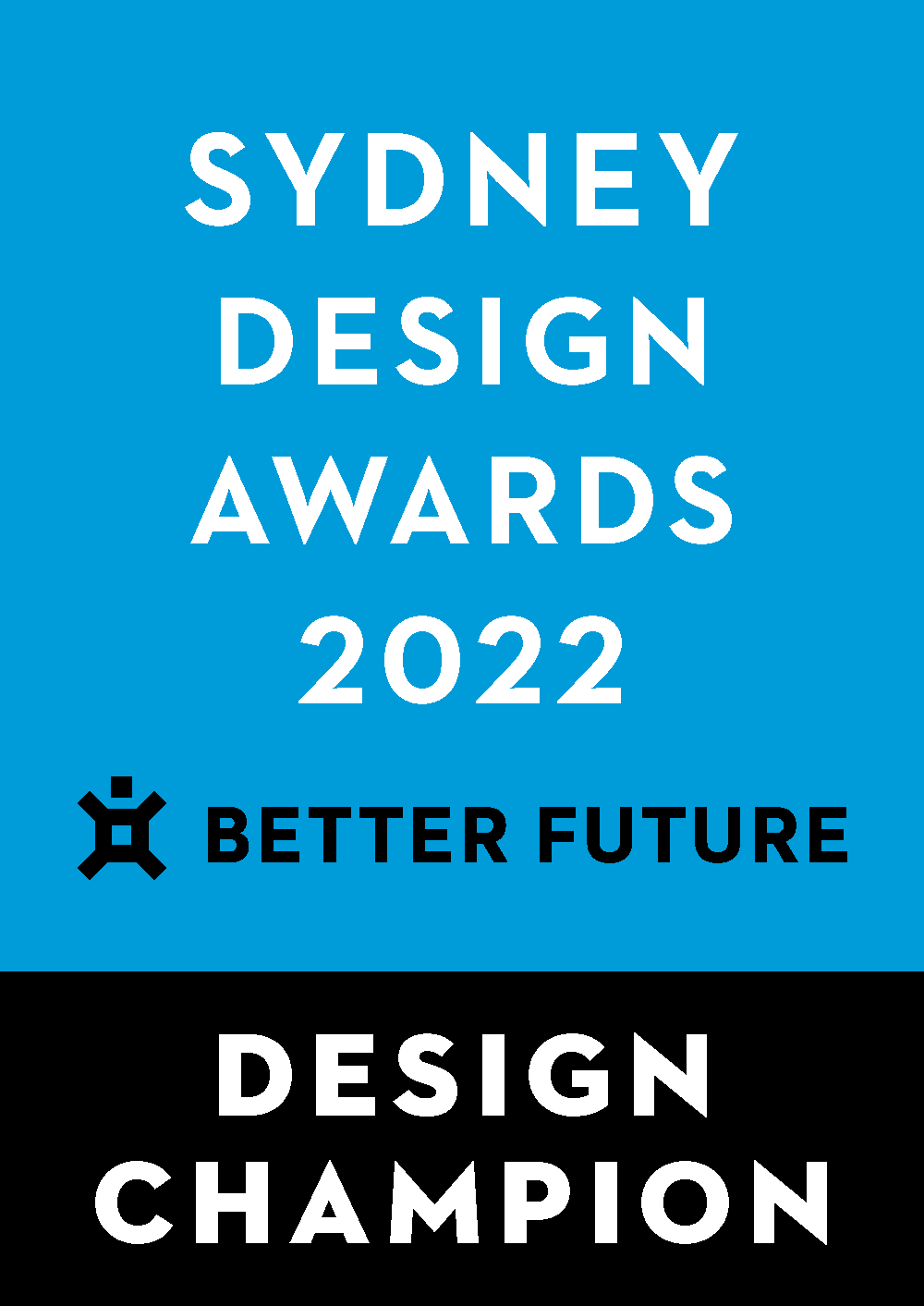









Image Credit : Mark Syke

Project Overview
Marrickville and its surrounding suburbs represent one of Sydney’s most diverse, creative communities. Hames Sharley responded to Marrickville’s industrial character and history of sustainably repositioned buildings by integrating the former Shelley Drinks Factory sensitively with existing and neighbourhood fabric; and by considering urban structures, local architecture and public art to transform it to an active community-focused place.
Brick walls deemed significant are retained, and a unifying galvanised-steel skin references the locale’s manufacturing heritage and will slowly patina, maintaining an authentic presence. Aesthetic motivations are driven by simplicity, with raw architecture a backdrop to diverse tenancies and artwork fostering community ownership and pride.
A minimal bridge passes patrons over Smidmore Street through the tree canopy between the existing Marrickville Metro and the new extension. The slim walkway is suspended from an inverted triangular truss that spans the road width. The truss is concealed with a mirrored surface that reflects trees and people below, while slender posts in tension support a coloured glass skin.
Over 15 bold world-class public artworks feature in the project, reflecting the creative spirit of Marrickville. The artwork enlivens the façade, interior and public realm, encouraging a sense of ownership and pride for residents.
Permeability and pedestrian amenity is enhanced by a mixed-mode ventilation strategy, with unimpeded thresholds granting ease of access. Sustainable design initiatives implemented by the team ensured ESD targets set were exceeded.
The extension positions Smidmore Street as the bustling heart of the Inner-West.
Project Commissioner
Project Creator
Team
Dustin Brade - Project Lead
Iain Stewart - Design Lead
Oliver Wellings - Architect
Nicole Stanton - Graduate of Architecture
Alex Mitrevski - Graduate of Architecture
James Vongphrachanh - Graduate of Architecture
Project Brief
In 2017, AMP Capital embarked on an expansion of the existing Marrickville Metro Shopping Centre, on behalf of the centre’s owner UniSuper, enlisting Hames Sharley’s assistance to transform a former factory into a community-focused centre. The result is a high-quality design outcome for the residents and businesses of Marrickville and the Inner West.
The site is bound by Edinburgh Road, Murray and Smidmore Streets. Smidmore Street itself has been reimagined as a lively ‘eat street’ with a multi-layered public domain strategy underpinned by traffic calming and sustainable urban landscaping. The design anticipates the future Sydenham Metro Station, with the permeable ground level linking this part of the Inner West to the future station and ultimately Greater Sydney.
To create a different and unique experience through a Marrickville specificity the project design team was aligned in their objective by the following aspirations agreed for the development:
- An authentic, vibrant, and eclectic village accepted by the community.
- A place that people love, want to go to and spend time at,
- The heart of the community; intimate & neighbourly,
- A destination for a cultural, sensory food experience
- A place that celebrates diversity, individuality, and creative expression
Project Innovation/Need
Marrying the experience of the place to Marrickville’s industrial warehouse heritage and context was accomplished by underpinning design concepts with a clear set of guiding design principles:
1. Define aesthetics appropriate to the context
2. Respond to inner west heritage warehouse fabric
- Reflect Marrickville’s factory history
- Provide an ‘inner-west’ destination
- Reflect Marrickville’s authentic culture
- Use raw, natural materials
3. Define a unifying element
- Design simple forms that respond to function and spatial programme
4. Create distinct expression through offset and contrast
- Choose significant moments for input
5. Create an architectural backdrop for colourful installations and public art
- Protagonist vs backdrop, allow installations and retail to be the protagonists
- Creative expression to engage all the senses
6. Allow personality of retail to shine through
- Draw the customer’s desire
- Invite the customer in
Design Challenge
A heritage drain (designed by John Bradfield’s office) and associated easement runs north-south through the site. The ground floor slab protecting it needed to span the easement and allow for movement. The drainage easement still needs to fulfill its storm-water drainage functions – the building is well within the flood plain and had to be raised up above the 100y flood-line. This required modifications to the street RLs to maintain equitable access, and elevation of substations and electrical services.
Sustainability
The expansion involved the adaptive reuse of the Old Shelley Drinks Factory. The original brick walls were retained, with existing openings that were no longer required bricked closed, and new openings cut in and lined with steel architraves.
The expansion exceeded the targeted 4 Star NABERS Rating achieving 5.5 Stars by implementing a mixed-mode ventilation strategy for all the circulation space on the ground and first floor, with large ceiling fans and glass louvres connected to the BMS for natural ventilation when temperate conditions permit – this resulted in open (yet protected) thresholds at North entries off Smidmore Street.
The roof-top carpark is shaded with a field of solar panels – a 450 kW system injecting approximately 650 MWh of power into the embedded network of the building and equating to 539,500kgC0₂.
The centre was designed to achieve NABERS 4-star Water rating with a water use intensity of 1.1kL/m². Water efficient fixtures and fittings were installed in the extension and rainwater is collected from the roof into a 15kL tank.
The landscape design has incorporated generally low water demanding planting over an increased landscape area from the original condition of the subject site. New native street trees, selected in consultation with Inner-West council provide a variety of canopy types and sizes, reducing heat island effect and increasing shade coverage.
Other initiatives include implementing Economy Cycles on all AHU’s, Energy Efficient Lighting Design and central water-cooled chillers; and installing Intelligent Building Controls.
Architecture - Commercial - Constructed
This award celebrates the design process and product of planning, designing and constructing form, space and ambience that reflect functional, technical, social, and aesthetic considerations. Consideration given for material selection, technology, light and shadow.
More Details


